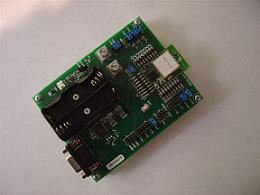Products & Applications
Machine Learning—Unsupervised Reinforcement Learning

Performance Benefits of Edge Computing Using Swarm-Edge® Machine Learning (ML) Unsupervised Reinforcement Learning
Today’s computing initiatives are now moving to the edge for massive improvements in efficiency, security and performance, such as:
- Reduced latency: Edge computing provides faster response times without the need for round-trip data-to-server usage and reduced reliance on cloud points.
- Ability to operate offline: In case of a communications disruption, the system can collect, store and process data on its own at the device location offline as well.
- Reduced cost: Networking costs are lowered as the flow of data is reduced in ad hoc networks.
- Reduced power consumption: Battery-powered IoT devices can benefit with power savings since less data is sent.
- Devices can be mobile or moved: easy set-up and mobility.
- ML based API: Gives devices and machines at the edge the capability to learn and share information among devises and machines in real-time.
- Added security: ML based API secures communications and operation.
Reinforcement Learning(RL) is a type of machine learning technique that enables an agent to learn in an interactive environment by trial and error using feedback from its own actions and experiences.
Though both supervised and reinforcement learning use mapping between input and output, unlike supervised learning where feedback provided to the agent is correct set of actions for performing a task, reinforcement learning uses rewards and punishment as signals for positive and negative behavior.
As compared to unsupervised learning, reinforcement learning is different in terms of goals. While the goal in unsupervised learning is to find similarities and differences between data points, in reinforcement learning the goal is to find a suitable action model that would maximize the total cumulative reward of the agent. The figure below represents the basic idea and elements involved in a reinforcement learning model.
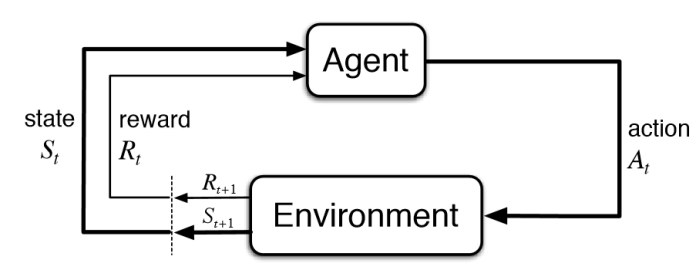
Edge Computing—Swarm-Edge® Beacons
![]() A Swarm-Edge® Beacon is a very small Bluetooth® radio Beacon device. When placed in a physical space, such as your retail store, it broadcasts tiny radio signals around itself at low power consumption. Just like a small lighthouse is able to interact with smartphones that enter its field of action.
A Swarm-Edge® Beacon is a very small Bluetooth® radio Beacon device. When placed in a physical space, such as your retail store, it broadcasts tiny radio signals around itself at low power consumption. Just like a small lighthouse is able to interact with smartphones that enter its field of action.
Customers will then receive custom notifications while they walk through your store or interact with your products.
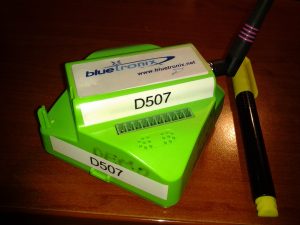

Using Bluetooth® radio technology and SWARM ad hoc communications, devices are able to estimate the position of the smartphones and interact with them by exchanging data and information. The micro-location uses a swarm location intelligence system is able to locate mobile devices that are as close as four inches away, or as far as over 200 feet away.
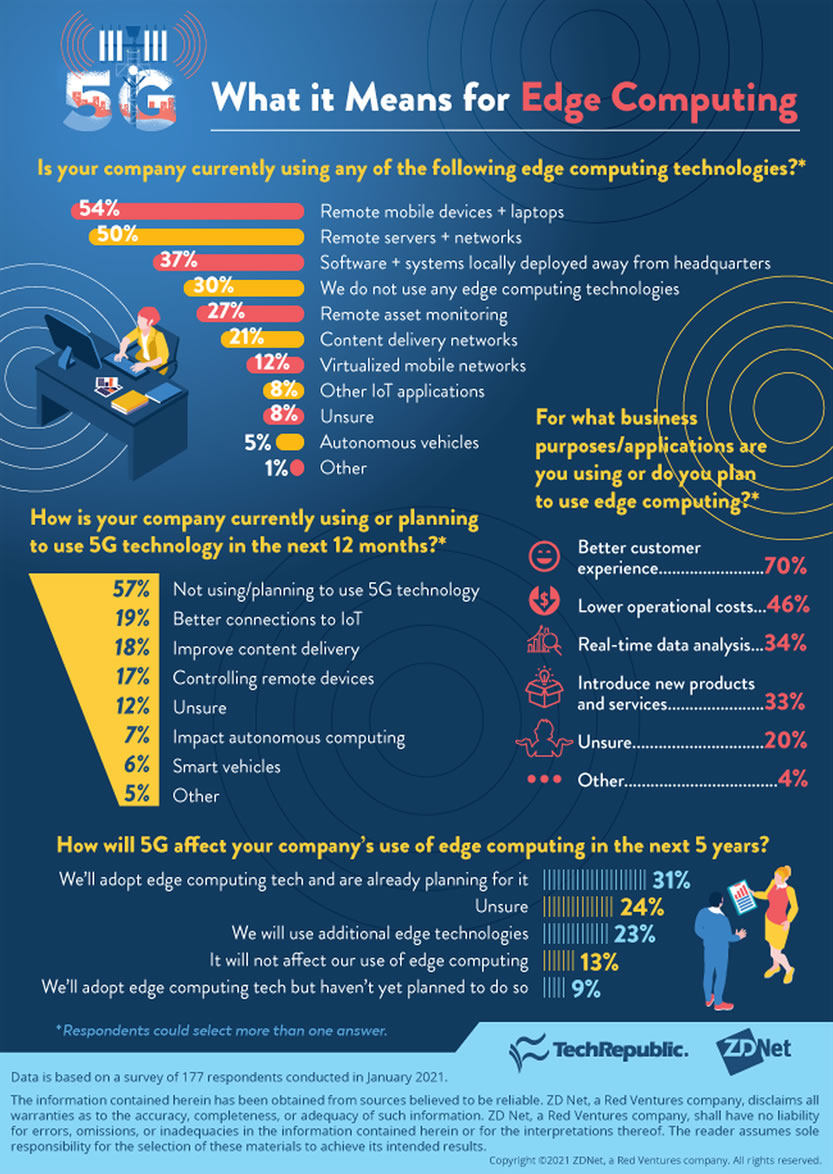
Location Service
Ultra Wide Band (UWB): The hardware used Ranging and Communications Module & Radar Module is physically identical. Given that there are no differences in the device hardware, this document will refer to the platform as a UWB 4100 when describing hardware characteristics and as a 4100 TIM or 4100 TIMS when describing applications. The 4100 is an Ultra Wideband (UWB) radio transceiver and/or radar sensor that provides the following functions:
- It accurately and reliably measures the distance between two and provides these measurements at a high update rate.
- It supports two different range measurement techniques (Two-Way Time-of-Flight and Coarse Range Estimation).
- It communicates data between two or more 4100 radios
- It is interoperable with earlier generations
- It allows operation as a monostatic radar also if needed
- It is also possible to operate the as hybrid device that is both a ranging radio and a radar sensor.
The user controls and monitors the 4100 through an Application Programming Interface (API) over USB or systems. The API provides all the commands and capabilities required by a user to design a network tailored for operating multiple 4100s as ranging radios or as individual or systems of radars.
Tracking Devices
Swarm Asset Tracking and Monitoring: Swarm networking module products provide a flexible monitoring and control solution for Asset Management back to the user or over the Internet through swarm gateway.
- Remote Asset Tracking and Monitoring
- Chain Monitoring
- Sensor Networks
- Environmental Monitoring
Phone Tracking App
Figure: Motes ported with SARA code are interspersed with the RFID tagged green boxes; Controller is interfaced with the computer to display the information it received from the boxes; Boxes move in and out of the radio range of the motes continuously
Remote Asset Tracking and Monitoring: SARA will be the best fit for the car dealership application to provide information about the location of the assets (new and old cars and trucks for sale; own fleet of vehicles that includes courtesy vehicles, shuttle vans, parts trucks, and tow trucks) quickly, reliably, and cheaply to efficiently manage them and protect them from theft. Swarm algorithm is designed in such a way that by enabling its location service feature, nodes start exchanging location information and know the relative position of their neighbors and hence can forward the information (data) in particular direction in hopes of getting there quickly. The location information also expedites the learning curve of the nodes. In this way, SARA algorithm not only provides “location information” routing services to the applications, it also benefits from that location services. With GPS technology improvements – price coming down and the form factors getting smaller, each mote programmed with SARA algorithm can be provide with GPS chip. Mote will be embedded in the assets (vehicles, electric poles or other structures). Since a mote is a low powered device, it has transmission range of around couple of 100m. To cover a city or the state or the country, motes can be inexpensively and easily embedded to electrical poles or trees or any other structures as showed in Figure below. There will be no need for communication towers as used for cellular communication. Moreover, the motes are getting extremely cheaper.
Figure: Motes ported with SARA algorithm are embedded into the vehicles and the electric poles providing MANET environment; motes in the vehicles have integrated GPS while the latitude and longitude information are hard coded into the poles.
The SARA algorithm uses the intelligence approach to favor those nodes as a location server that have low mobility, large storage capacity and wide broadcasting ranges (nodes embedded in the structures). The location node or server “goodness” pheromone indicates how good a node is at being a location node i.e. providing location to other nodes. This pheromone is increased when a node answers another node’s request, and decrease over time through pheromone decay. When a node needs to know the location information of another node (not in its range), it first consults its location server in its range. If it is not there, it will ask for other location server that has higher scorecard values.
Mesh Wi-Max
Smart Wireless Routers with integrated modems for Last Mile Connections High-Speed Internet- Rural Areas Providing router to router connectivity anywhere.

Pervasive Computing:
Current research for products includes mid-range processors, such as the Intel StrongARM SA1110 and XScale PXA255. The main aim is to develop a platform that can be used for developing wearable systems.
SWARM Intelligence Devices
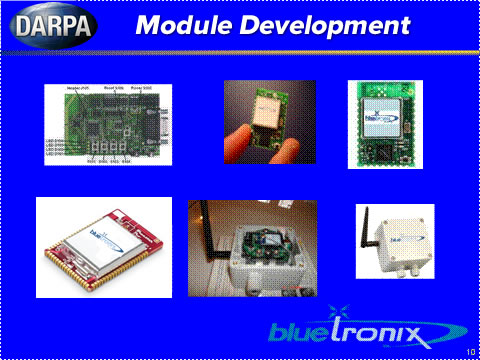
Module Development
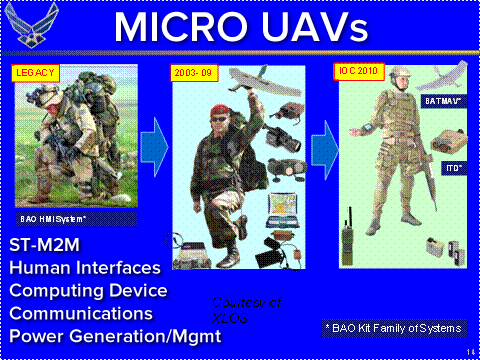
Micro UAVs
Satellite Data Acquisition

Environmental Monitoring
Healthcare Monitoring
Medical Nitrogen Freezers: Developed for DARPA and the military—Bluetronix sensors combine with our AI-SWARM Machine Learning chip to monitor temperatures and other data, while providing updates and alarms. This edge computing solutions takes advantage of our self-organizing ad-hoc sensor network to provide real-time status updates and redundancy capability, which can not only save money in the event of mechanical failure, but in a hospital setting, it can save lives.

Medical Nitrogen Freezers

AI based SWARM Sensor
Universal Sensor Devices
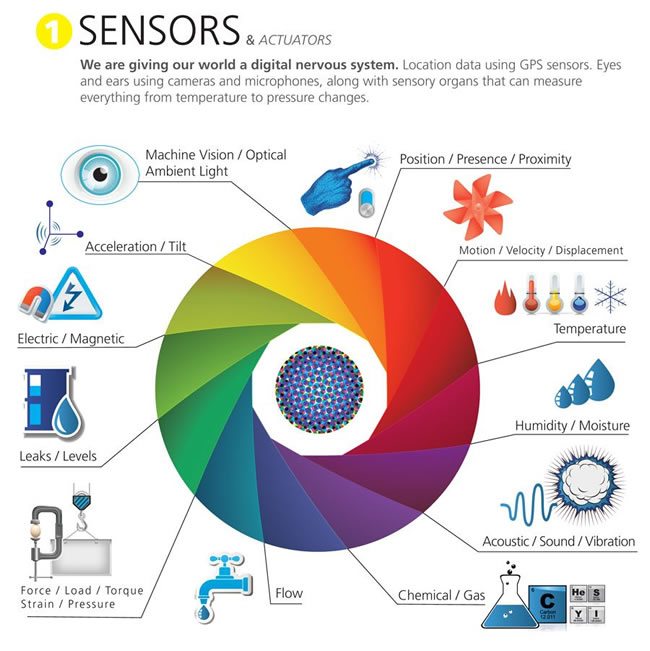
IoT devices – sensors and actuators examples

InGaAs Sensors
Autonomous Systems
Industrial Automation & Controls: Bluetronix ’s innovative swarm intelligent algorithms and module products provide a powerful monitoring and control solution for Industrial automation with swarm wireless networking and learning within seconds. One example applications is lubrications system control (click on read more).
5G Machine Learning
True, 5G, short for fifth-generation wireless, is up to 100 times faster than current 4G connectivity. But even though 5G is still in its infancy, the technology has the potential to reshape how companies in a range of fields manage their technology—everything from factory floors to farming.
5G uses higher frequencies and a much broader chunk of the radio spectrum than previous generations—which means that it can send more data more quickly, and to more devices, than has been possible in the past. That creates the potential to open up new business models, in which more wirelessly connected data-gathering sensors and intelligence are deployed in the field.
One early use of the technology is enabling the enhanced use of robotics and automated devices on factory floors. Machines can be operated remotely with much more ease because there isn’t as much lag in their performance, and they can be linked together and managed much more easily.
The network’s edge
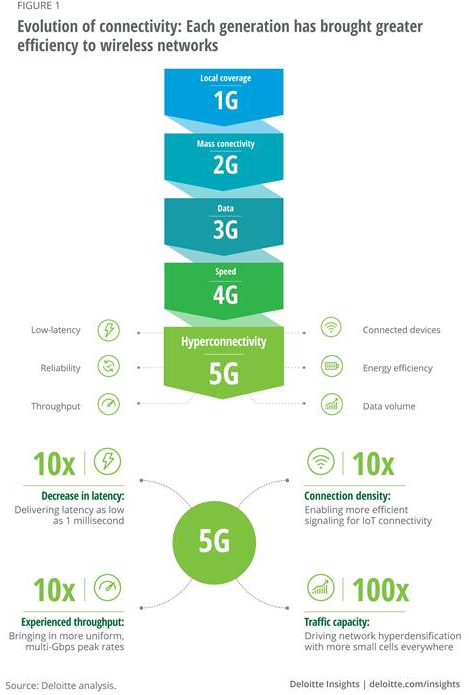 Many of these 5G applications are based on the idea of edge computing, in which a combination of sensors and analytical software can be deployed even in remote locations, such as farms or other rural areas.
Many of these 5G applications are based on the idea of edge computing, in which a combination of sensors and analytical software can be deployed even in remote locations, such as farms or other rural areas.
Edge computing allows information to be processed at the point it’s collected rather than having to travel to central servers—but it will require 5G to facilitate its vast data and connectivity requirements. Convoys of autonomous vehicles, for example, require fast and stable connections to receive necessary data, such as traffic updates, information on road conditions and vehicle status.
Artificial intelligence and the burgeoning array of connected devices known as the Internet of Things, too, will substantially benefit from 5G’s speed and capacity. Sensors used widely in smart cities to measure a wide array of conditions will require 5G’s connectivity to function on the scale required, for instance, although these technologies are still early-stage, and will take time to develop.
5G Private Networks
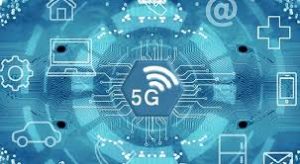 Private 5G Edge networks can deliver ultra-low latency and incredibly high bandwidth connections supporting artificial intelligence-driven applications serving an exploding number of sensors and endpoints.
Private 5G Edge networks can deliver ultra-low latency and incredibly high bandwidth connections supporting artificial intelligence-driven applications serving an exploding number of sensors and endpoints.
Essentially, a private 5G network can be described as a wireless local area network (LAN) that uses 5G technologies to create a network with dedicated bandwidth and infrastructure, which provides an organization’s connectivity needs. Bluetronix can design and implement a private 5G network with machine learning to any commercial application or organization.
Digital Transformation
 Digital Transformation is the conversion to digital technology in order to transform current business methods and processes from non-digital or manual processes to digital processes. This includes replacing even older digital technology with newer updated digital technologies. In order achieve Industry 4.0 and successful IIoT this is a necessary process. Bluetronix can help customers in a successful transformation adoption.
Digital Transformation is the conversion to digital technology in order to transform current business methods and processes from non-digital or manual processes to digital processes. This includes replacing even older digital technology with newer updated digital technologies. In order achieve Industry 4.0 and successful IIoT this is a necessary process. Bluetronix can help customers in a successful transformation adoption.
Mobile Ad Hoc Communicators
Fig. Bluetronix Swarm Applications for Mobile Ad Hoc Networks
Wireless Thermocouples & RTDs


AI based SWARM Sensor
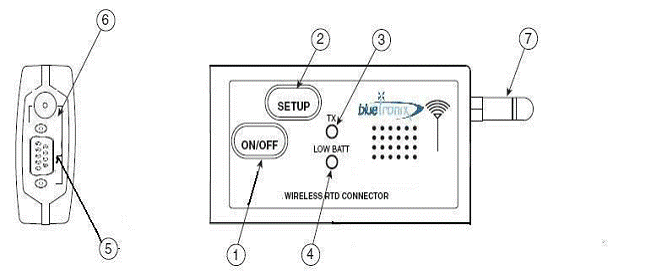
RTD prototype
Wearable Devices
 Non-Invasive Glucose Monitoring Objectives
Non-Invasive Glucose Monitoring Objectives
Glucose reading in seconds with 95 % or > Accuracy
- The proprietary optical sensor and algorithms measures glucose in the tissue through noninvasive optical lasers and sends information to a cell phone-sized device or wearable device 24/7
- All skin types regardless of ethnic background
- First Non-Evasive Glucose commercial monitoring device incorporates unique optical laser sensor for glucose reading
- Self-calibrating & able to learn through operation
- No needles or micro-needles
- Logging custom cloud subscription service monthly
- Utilizes AI based technology
- AI built-in & now Trademarked
- Incorporates machine learning and pattern recognition
- Alarms high sugar levels/ to patient/user care givers
- Rechargeable/Accuracy above 95%
SwarmEdge® Wristbands with Hand Hygiene Wireless Dispensers The Complete Hand Hygiene Compliance Monitoring System to Combat Healthcare-Associated Infections (HAIs)
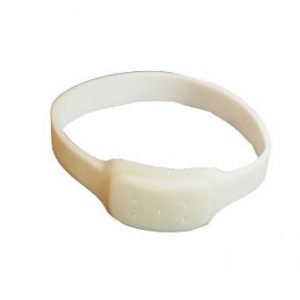 Bluetronix’s wristband wearable and hand hygiene dispensers (soap and sanitizer) utilizing SwarmEdge® technology creates a cost-effective, comprehensive hand hygiene compliance monitoring system solution that will seamlessly integrate in any healthcare environment without interrupting the healthcare workers’ duties.
Bluetronix’s wristband wearable and hand hygiene dispensers (soap and sanitizer) utilizing SwarmEdge® technology creates a cost-effective, comprehensive hand hygiene compliance monitoring system solution that will seamlessly integrate in any healthcare environment without interrupting the healthcare workers’ duties.
SwarmEdge® is capable of tracking and monitoring “hand-washing events and opportunities” along with the particulars on how precisely the healthcare worker adheres to applying the appropriate hand hygiene guidelines.
The SwarmEdge® enabled dispensers are able to track the amount of soap or sanitizer used by each healthcare worker and remotely alert when a dispenser needs to be refilled (before it’s completely empty). Dispensers can be integrated with healthcare facility sanitizer and hand soap purchase order details and prompt or remind when to reorder more sanitizer or hand soap from the manufacturer. Additionally, the dispensers interact seamlessly with the healthcare workers SwarmEdge® wristband allowing the healthcare facility to track the healthcare workers’ movements. Estimated manufacturer cost of the Dispenser: $125/-
The SwarmEdge® wearable wristband device has a built-in accelerometer and cleansing sensors that senses whether healthcare professionals wash their hands properly and in accordance with hand hygiene guidelines. It alerts and confirms if the healthcare professional has spent the appropriate amount of time washing up, and if the wearer finishes too early it will alert the wearer with its red light indicating not clean enough or a green light when clean (1-3 lights with 3 being the cleanest).
SwarmEdge® Prototype Dispensers, Wearable Wristband with Sensors
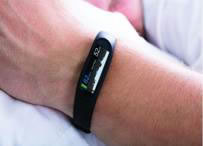 SwarmEdge® technology runs the complete system including obtaining detailed measurements, data points, data tracking and logging for reporting and analysis in the SwarmEdge® Healthcare Software (SHS). The SHS aggregates all the information that’s collected from both the dispensers and wristband wearables through a secure wireless connection. The SHS dashboard provides the healthcare facility with detailed metrics and reports that can be used by epidemiologists and/or administrators to review how each healthcare worker is adhering and complying with the hand hygiene standards, counsel employee as required, etc.
SwarmEdge® technology runs the complete system including obtaining detailed measurements, data points, data tracking and logging for reporting and analysis in the SwarmEdge® Healthcare Software (SHS). The SHS aggregates all the information that’s collected from both the dispensers and wristband wearables through a secure wireless connection. The SHS dashboard provides the healthcare facility with detailed metrics and reports that can be used by epidemiologists and/or administrators to review how each healthcare worker is adhering and complying with the hand hygiene standards, counsel employee as required, etc.
SwarmEdge® technology requires no additional infrastructure other than the dispensers, wristband and computer to run the SwarmEdge® Healthcare Software.
Human Machine Interface (HMI)
Bluetronix Products
Bluetronix is transforming prototypic (8-bit processor) systems into commercial (8-bit and soon 32-bit processor) products using COTS (Commercial-off-the-shelf) components that will provide wireless self-forming, self-healing, self-adapting MANET (Mobile Ad Hoc Network) sensor networking including both battery and non-battery powered options. These same modular designs can be integrated to software defined radios, machines, transportation and logistics. The product strategy is modular formats that can be used in all types of machinery and equipment that need to read sensors. Bluetronix is currently looking to program the HART (industry new standard) radios (IEEE 802.15.4 compatible radios operating in 2.4GHz ) with Bluetronix’s Swarm algorithm that is proved to provide better wireless network performance. The 32-bit product will hit the market in 2009.
802.15.4 Product Data Sheet
802.15.4 Products
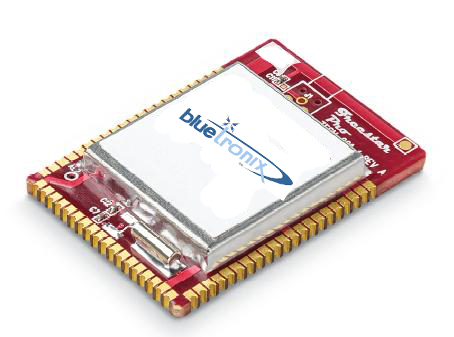
Fig. BlueStar 32-bit Module
[ View Larger ]
[ View Larger ]
Fig. BlueStar 8-bit Modules integrated in the development boards
Applications
Bluetronix product lines will include miniature transmitters, receivers and transceiver hybrids, plus OEM data radio boards and related protocol firmware and development kits. These products are used to implement short-range wireless data communication and control links in a wide range of applications with swarm intelligent networking capability. Most of the technologies in the market available today are limited to sensing and control applications and basically point to point. Bluetronix’s innovative swarm intelligent routing algorithm technology has expanded its application to MANET (Mobile Ad Hoc Networks) by providing efficient and unique multi-point communications capability using swarm intelligence concept.
Bluetronix Sensors and Control Applications
- Handheld and body-worn computers
- Wireless bar-code readers and label printers Wireless credit-card readers and receipt printers
- Container Monitoring & RFIDs
- Automatic meter reading systems
- In meter application – automatic utility meter reading
- Thermostats
- In-home Display Unit
- Home entertainment systems and electronic games
- Home, building and industrial automation systems
- Security
- HVAC Control
- Lighting Control
- Thermostats
- Machine Controls
- Temperature Sensing and Other Sensing Devices
- Automotive keyless entry systems and wireless security systems
- Sports and recreational equipment
- Industrial Control
- Telemetry, RFID tags (Barcode reader) and access control badges
- Food Processing Control
- Traffic Management
- Sensor Networks
- Asset Management
- Patient Monitoring
- Glucose Monitoring
- Medical telemetry (non-life support)
- Smart Energy
White papers on our products and technologies are available upon request. E-mail us at innovation@bluetronix.net or call 440.247.3434.


